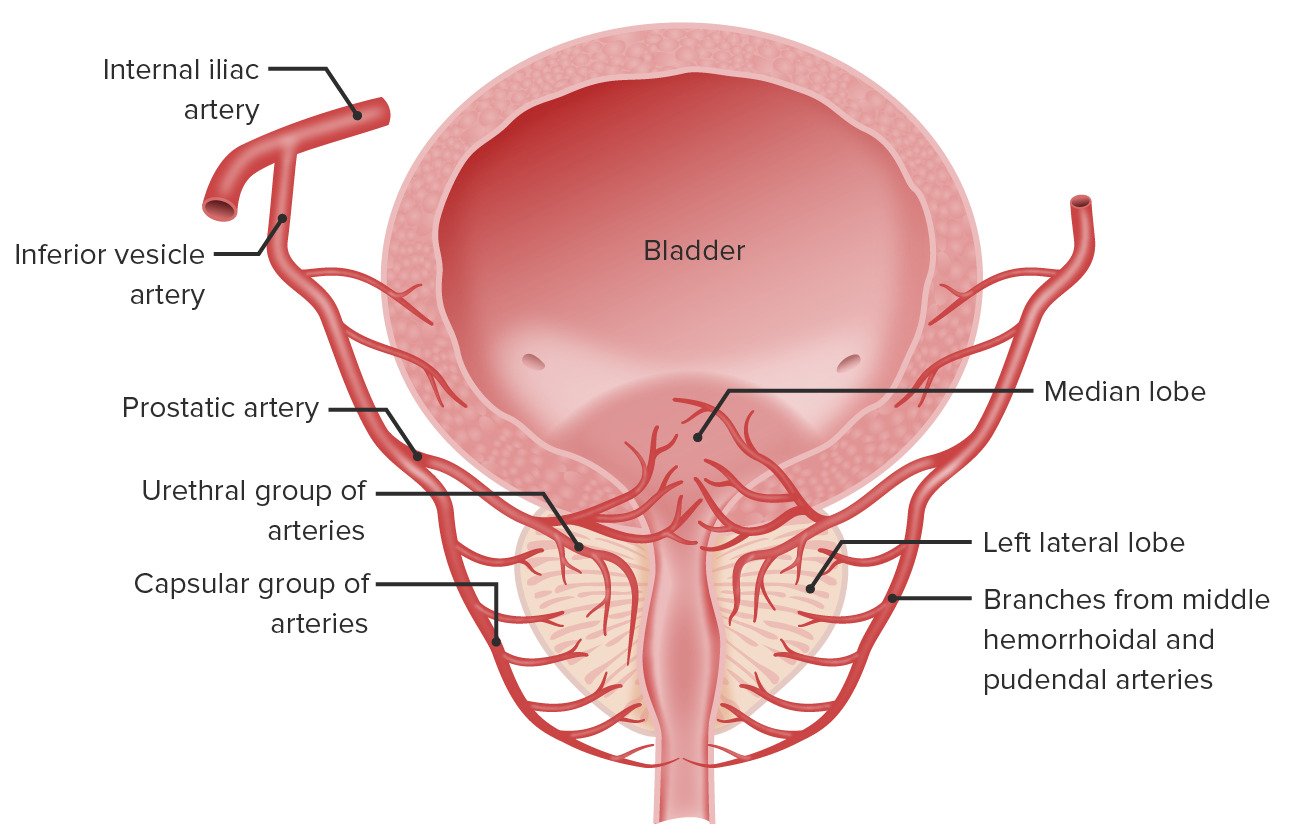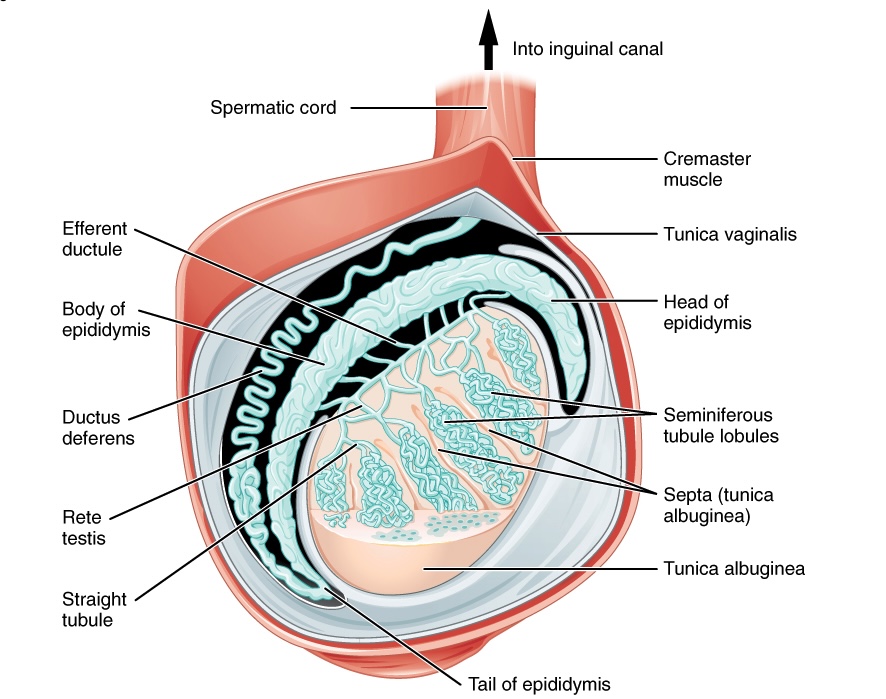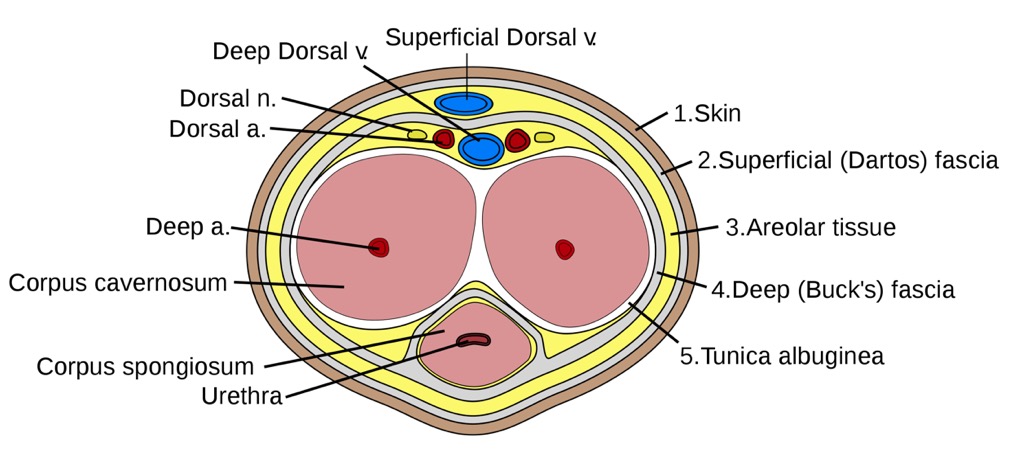Playlist
Show Playlist
Hide Playlist
Testis: Introduction – Male Reproductive System
-
Slides 06 Human Organ Systems Meyer.pdf
-
Download Lecture Overview
00:02 In this lecture, you’re going to learn about the histological structure and function of the testis. It’s a major organ in the male reproductive system. In another lecture, I’m going to talk about the accessory glands, and also ducts that are involved with transporting products from the testis, the spermatozoa. At the end of this lecture, I’d like you to be clearly understanding of what spermatogenesis involves, the difference between spermatogenesis and spermiogenesis. And you need to describe the processes whereby spermatogonia go through differentiation to finally become mature sperm. It’s also important to understand the function of two secreting cells, steroid-secreting cells that produce hormones, and they are the Leydig cell and also the Sertoli cell. And it’s also important that you appreciate the hormonal control of these secretory products and the interaction of these hormones with secretory products from the pituitary gland. Like the ovary, the testis is responsible for gametogenesis and also steroidogenesis. The product from the testis is the male gamete or the spermatozoa, and the secretion of androgens of which testosterone is the major one. Sperm maturation is going to involve the next tube that these spermatozoa enter. And this is the ductus they begin with, and that’s the topic of another lecture. But the important point to understand is that the testis produces the spermatozoa. And then at this stage, they are not motile and they acquire that when they enter into the other ductus systems. 02:08 Let’s just have a look at a diagram that illustrates the major organs of the male reproductive system. And I’ve listed them on the left-hand side of this particular slide. I want you to concentrate first on the testis towards the bottom of the diagram. It’s a round, green colored structure illustrated there. You know spermatogenesis cannot occur at normal body temperature. 02:43 For spermatogenesis to occur properly, the temperature of the testis has to be lower than body temperature, about two or three degrees lower. And because of that, the testis is suspended in the scrotum outside the body cavity. And a very unique blood supply to the testis helps to cool the testis. 03:08 The testis is supplied by a branch straight off the aorta, the testicular artery. 03:16 And on its way to the testis, it forms a very coiled approach to the testis. And that coiled approach is met by a series of veins called the pampiniform plexus. These series of veins is taking blood away from the testis. And this very close association, the cooler blood coming from the veins helps to cool the blood enter into the testis. And that’s a major way in which the testis is lowered in temperature to two or three degrees below body temperature. 03:53 You can’t see evidence of those vessels here because the diagram is not illustrating them. Notice that illustrates a couple of other important features. And one is that a muscle called the cremaster muscle, branches off, it’s a direct branch off from the internal abdominal oblique muscle. And that can lift or lower the testis. If it contracts, the testis is raised. If it relaxes, the testis is lowered. Also, the scrotum has a muscle, the dartos muscle. And this can contract and relax. And in cold temperatures, it will contract, and the scrotum will become wrinkled and less flaccid than it is really in a more relaxed situation. Again, these are mechanisms to avoid or control heat loss from the testis, or heat gain.
About the Lecture
The lecture Testis: Introduction – Male Reproductive System by Geoffrey Meyer, PhD is from the course Reproductive Histology.
Included Quiz Questions
What is/are the main function(s) of the testis?
- Both testosterone production and spermatogenesis
- Testosterone production, but not spermatogenesis
- Spermatogenesis, but not testosterone production
- Secretion of an alkaline fluid to preserve the semen
- Storage of fluid from the prostate which becomes part of the semen
Which of the following is NOT part of the male reproductive system?
- Bartholin's glands
- Testis
- Vas deferens
- Bulbourethral gland
- Seminal vesicle
What is the main function of the scrotum in keeping the testes outside the abdominal cavity?
- Providing lower temperatures compared to that of the body
- Providing higher temperatures compared to that of the body
- Providing lower pressure than that of the abdomen
- Providing higher pressure than that of the abdomen
- Preventing testicular friction
What is the main function of the cremaster muscle?
- Raises and lowers the testes in order to regulate scrotal temperature
- Regulates scrotal size
- Only raises the testis in order to increase scrotal pressure
- Only raises the testis in order to increase scrotal temperature
Customer reviews
5,0 of 5 stars
| 5 Stars |
|
5 |
| 4 Stars |
|
0 |
| 3 Stars |
|
0 |
| 2 Stars |
|
0 |
| 1 Star |
|
0 |






